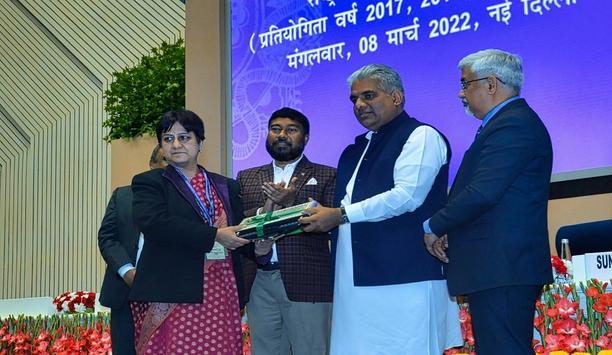According to Next Green Car, in the UK, electric passenger car sales increased by 74 percent in 2020. With the number of electric car owners growing, there is concern about the need for more charging points and the impact this will have on the National Grid, especially during peak charging times. Here Steve Hughes, Managing Director of power quality specialist REO UK, explains how to minimize the likelihood of outages as the number of electric vehicles (EVs) continues to grow.
With the UK Government planning to ban the sale of new petrol and diesel cars by the year 2030, many skeptics argue that the National Grid is not powerful enough to handle the charging needs of millions of electric cars in the UK.
EV charging stations
Electricity demand for road transport is estimated to have increased by 50 percent between 2019 and 2020 in the UK, according to a government report on energy consumption. As more EV charging stations are needed to accommodate the rising number of electric cars, we could see consumption go even higher.
The National Grid reported average cold spell (ACS) demand peaking at 58 GW in 2020/21
The National Grid reported average cold spell (ACS) demand peaking at 58 GW in 2020/21, with this rising to 59.5 GW in the following two years. To balance electricity supply and demand close to real-time, it uses the balancing mechanism. When a discrepancy is predicted in the amount of electricity produced and the amount demanded, the National Grid can either accept a ‘bid’ or ‘offer’ to increase or decrease generation. This tool is necessary as demand for electricity rises and falls depending on temperature, current events, and time of day.
Operating electrical devices
One example of the balancing mechanism is tackling the TV pick-up effect. This is where major TV events draw large audiences and produce a surge in electricity demand during breaks as viewers operate electrical devices like kettles and microwaves. During the England vs Germany EURO 2020 match, there was a 1 GW hike in electricity demand at half-time and a 1.6 GW hike after full-time.
According to an article in Forbes, skeptics of electric cars argue that if all the UK’s 32.7 million cars were electric, they would need 229 GW to fully charge, despite the National Grid’s capacity being 75.8 GW in 2020. However, this calculation makes the assumption that all cars will be charging at the exact same time, which they wouldn’t be. One solution could be incentivizing off-peak charging or giving discounted rates to those who charge overnight instead of during the day.
Power electronics equipment
The balancing mechanism cannot solve more technical issues like complex waveforms and harmonics
Despite its advantages, the balancing mechanism cannot solve more technical issues like complex waveforms and harmonics. EVs require various power electronics equipment that converts AC power to DC for vehicle systems like heating and ventilation. Harmonics are unwanted higher frequencies that create a distorted wave pattern that can lead to the overheating of conductors and cause faults in the operations of protection relays. These failures have a knock-on effect and can create problems for the wider grid, causing blackouts, particularly in small and densely populated areas.
One way to reduce the total harmonic distortion (THD) in the EV charging system is to use harmonic filters. These filters are often either active, passive or hybrid. Active harmonic filters monitor harmonic currents and generate corresponding waveforms to counter the original harmonic current. Passive harmonic filters, on the other hand, use inductors and capacitors to shunt or block harmonics.
Improving energy efficiency
Some harmonic filters, like the ones produced by REO, can reduce the THD to less than five per cent. These filters can also offer other benefits such as reducing the power bill and maintenance costs for EV charger owners. Overall, they can improve energy efficiency and power quality.
While the adoption of EVs is increasing, it is at a pace where the National Grid will have time to upgrade and grow with this demand. Minimizing the risks of a power outage can be achieved by incentivizing off-peak charging, making use of the balancing mechanism and using technologies like harmonic filters to reduce THD.







